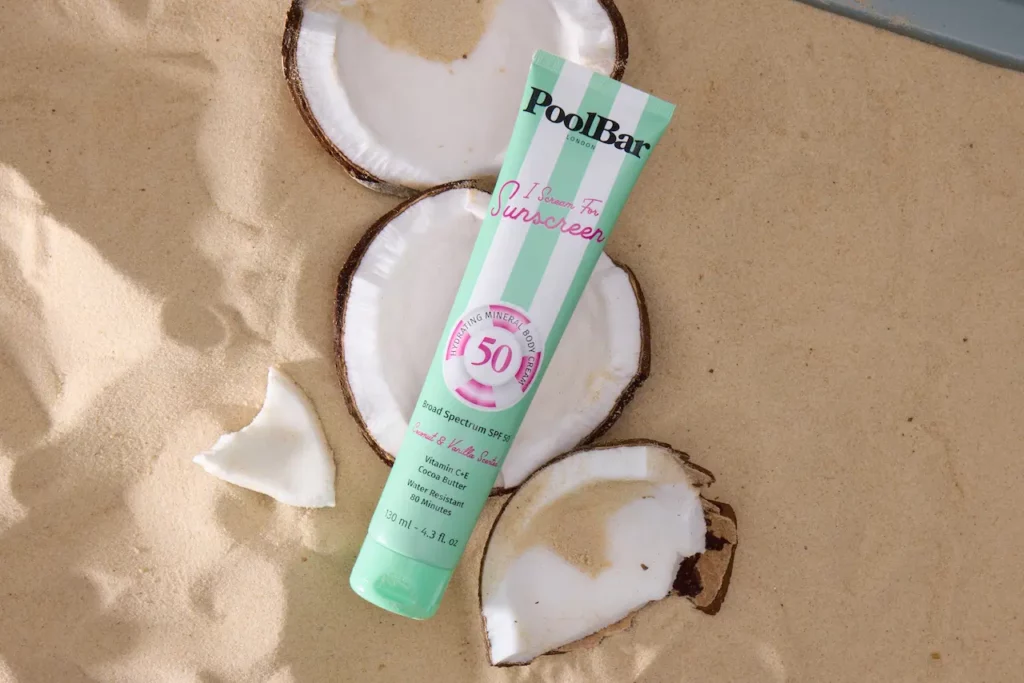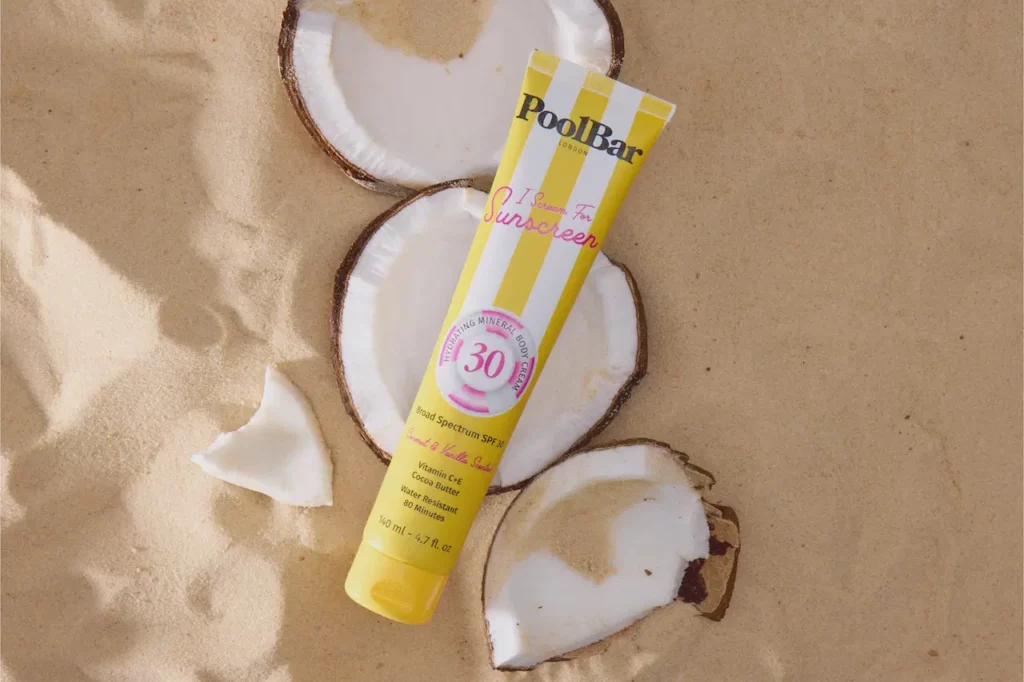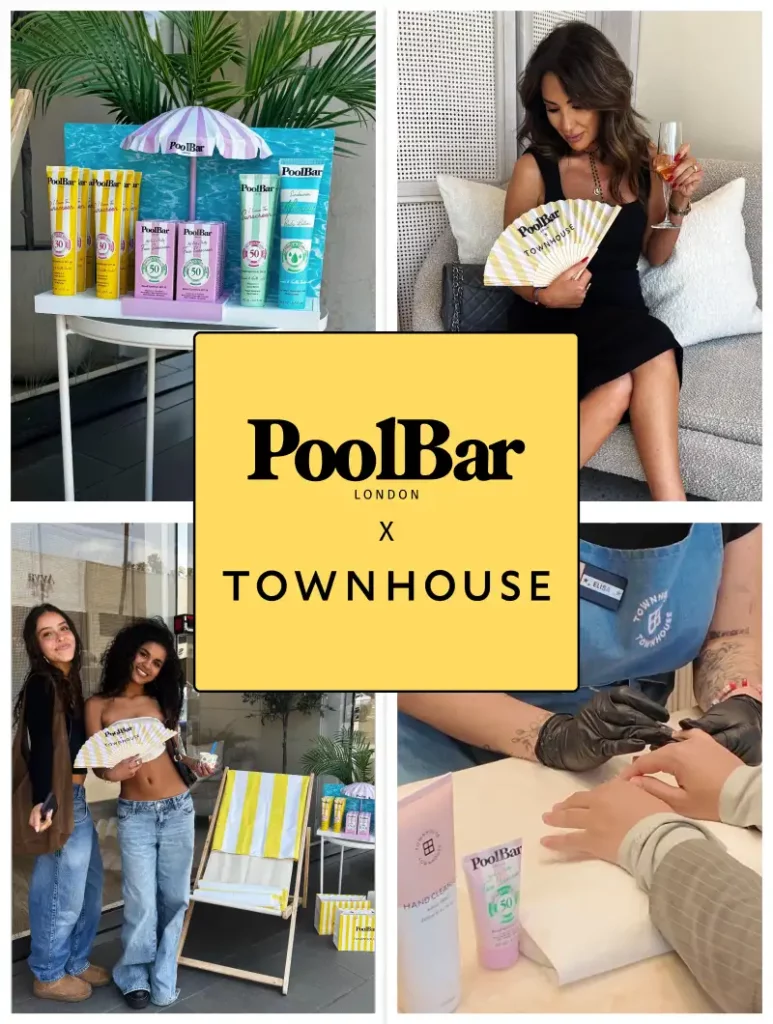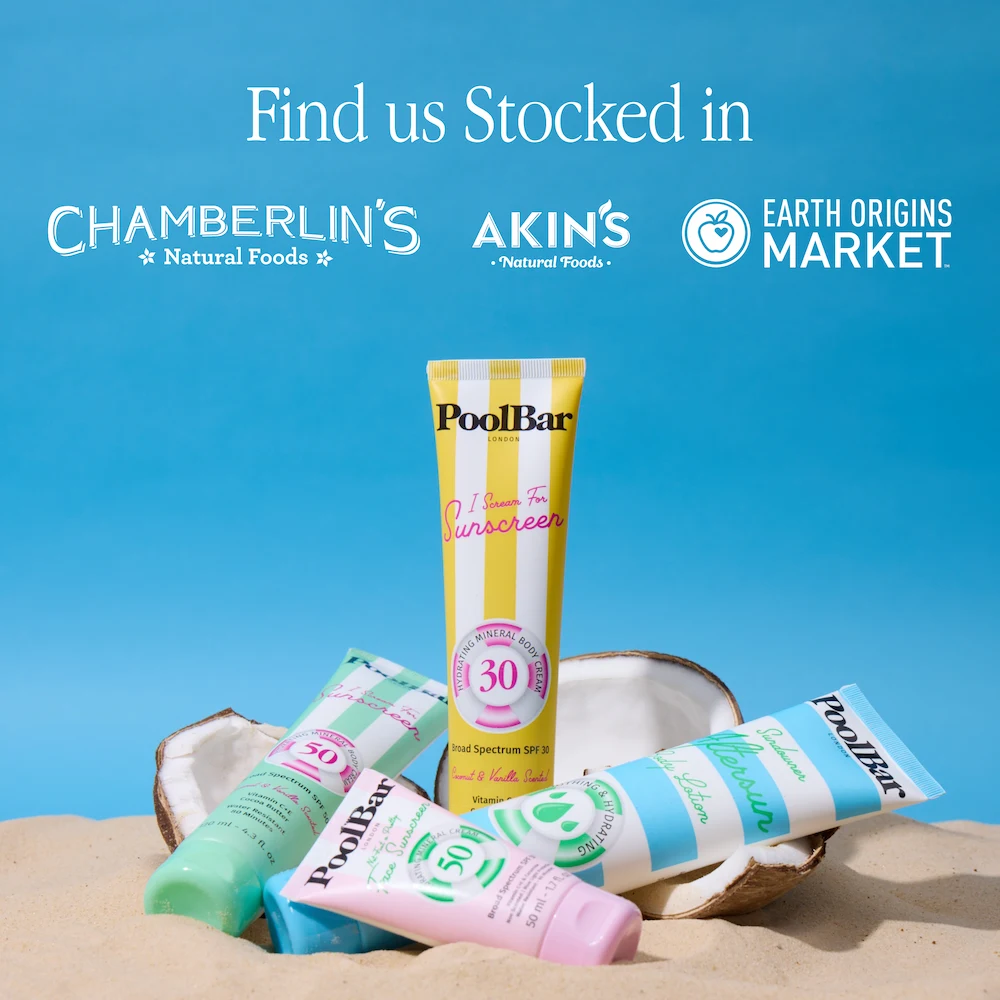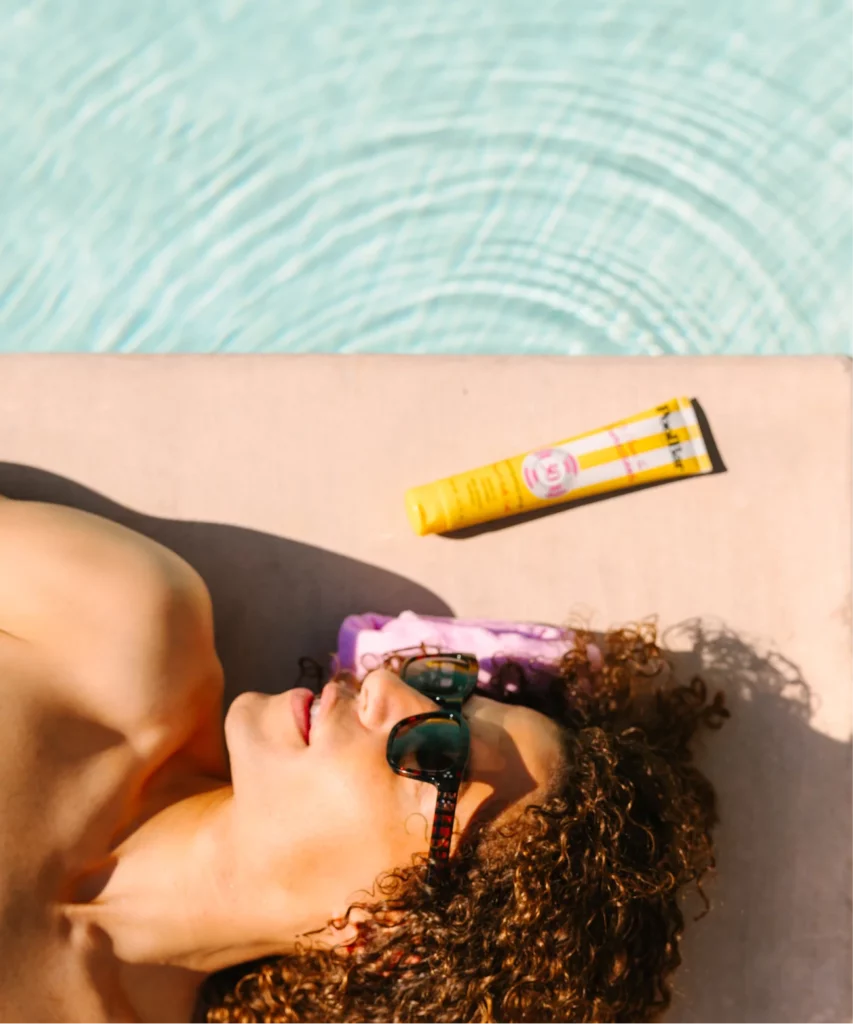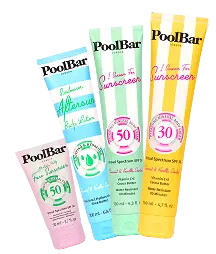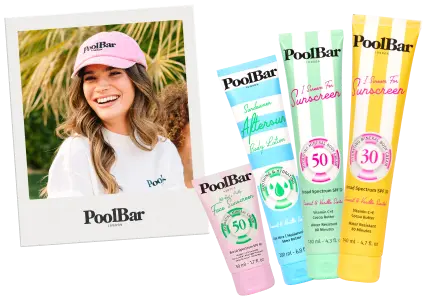When it comes to skincare, most of us dream of a smooth, even-toned complexion that looks effortlessly radiant and free of dark spots and skin irritation.
Dark spots and age spots can often appear unexpectedly, making it challenging to achieve a smooth, even-toned complexion feel a bit challenging.
Whether you’re dealing with a few stubborn spots or looking to prevent them, this guide offers clear, practical advice to help you take control of your skin’s health. Let’s dive in.
What are Dark Spots and Age Spots?
Dark spots, also known as hyperpigmentation and age spots, often called liver spots, are forms of skin discoloration caused by melanin overproduction, the pigment responsible for skin color. While they may look similar, they stem from different causes and develop in slightly different ways.
Dark spots can appear anywhere on the body and are typically triggered by factors such as sun exposure, hormonal changes, or inflammation from acne or injuries. Their size and shape can vary, often presenting as patches that are darker than the surrounding skin.
Age spots, on the other hand, are a specific type of dark spot that develops after years of accumulated sun exposure. These spots are generally flat, oval-shaped, and brown or black and show up on areas like your face, arms, shoulders, and hands, which are most exposed to the sun.
While age spots are commonly associated with aging, their primary trigger is UV damage, making them a long-term consequence of not protecting your skin from the sun’s rays.

What Causes Dark Spots?
Several factors can trigger dark spots:
- Sun Exposure: UV rays stimulate melanin production, leading to pigmentation over time. Think of it as your skin’s attempt to shield itself from harm.
- Hormonal Changes: Pregnancy, birth control, or hormonal imbalances can cause melasma, a type of dark spot characterized by larger, symmetrical patches.
- Post-inflammatory hyperpigmentation (PIH): PIH can cause dark spots on your skin. Any skin injury—acne, cuts, or rashes—can leave behind lingering dark spots.
- Aging: Our skin’s ability to repair itself diminishes as we age, making it easier for dark spots to develop.
- Medications or Medical Conditions: Certain medicines with side effects related to skin photosensitivity can contribute to dark spots. Conditions like Addison’s disease may also lead to pigmentation changes.
How are Dark Spots Different from Sunspots?
While dark spots and sunspots may seem interchangeable, they differ in both causes and appearance.
Dark spots, or hyperpigmentation, can result from a range of triggers, including sun damage, hormonal changes, and skin inflammation. They often appear in varying shapes and sizes, appearing as irregular patches that contrast with your natural skin tone.
Sunspots, medically known as solar lentigines, are caused exclusively by prolonged exposure to UV rays. These spots are more uniform in size and color, presenting as small, flat, and darker patches that become increasingly common with age.
They tend to show up in areas frequently exposed to the sun, such as the face, chest, and hands, leading to spots on your skin. Unlike dark spots, which may have multiple triggers, sunspots directly result from accumulated UV damage over time.
The good news? There are ways to remove dark spots effectively.
Whether you’re dealing with dark spots or sunspots, many prevention and treatment strategies overlap. SPF is your first line of defense and a reminder to wear sunscreen every day. Proper sun protection, combined with a tailored skincare routine, can help minimize the appearance of both spots while preventing new ones.
How to Prevent Dark Spots
Preventing dark spots is all about consistent care and protection to keep your skin looking radiant and even-toned.
Start by making sunscreen a non-negotiable part of your daily routine. Apply a broad-spectrum SPF 30 or higher every morning, even on cloudy days or when indoors. To feel protected all day, reapply every two hours, especially if you’re sweating or swimming.
Along with sunscreen, protective accessories like wide-brimmed hats, sunglasses, and UPF-rated clothing can shield your skin from harmful UV rays when you’re outdoors. It’s also smart to seek shade during peak sun hours (10 am to 4 pm) when the sun’s rays are strongest.
Avoid over-exfoliating or harsher products, as these can irritate your skin and contribute to post-inflammatory hyperpigmentation (PIH). Instead, choose gentle cleansers and treatments that suit your skin type.
Lastly, incorporating antioxidants such as vitamins C and E into your skincare routine helps neutralize free radicals. This boosts your skin’s resilience against UV damage, lessening the chance of forming dark spots.
By integrating these daily habits into your routine, you can minimize the risk of dark spots and maintain a clear, glowing complexion.
While many believe they only need sunscreen outdoors, UV rays can still get to your skin even when inside. UVA rays, responsible for skin aging and pigmentation, can penetrate windows and reach your skin, whether at home, at work, or in your car. This makes daily sunscreen application essential, even on cloudy days or when you’re in an indoor setting.

How to Treat Dark Spots Effectively
If prevention wasn’t on your radar before, don’t worry. There are effective ways to treat existing spots:
Over-the-Counter Skincare Ingredients
- Vitamin C: Brightens the top layer of skin and helps fade pigmentation.
- Retinoids: Promote cell turnover and reduce discoloration.
- Niacinamide: Reduces inflammation and lightens spots.
- AHAs and BHAs: Exfoliates the skin, accelerating the fading process.
Professional Treatments
- Chemical Peels: Use acids to exfoliate and lighten pigmentation.
- Laser Therapy: Targets melanin to break down dark spots.
- Microneedling can be an excellent treatment for various skin conditions, stimulating collagen production and improving texture.
Natural Remedies (For the Patient Ones)
- Aloe Vera Gel: Soothes the skin and may help with gradual fading.
- Licorice Extract: A natural brightener often included in skincare products.
- Green Tea: An effective antioxidant that protects and enhances skin health.
Step-by-Step Daily Skincare Routine to Treat Dark Spots
A well-rounded skincare routine is vital for dark spot prevention and overall skin health. Here’s a guide on how to structure your routine:
- Cleanse: Start with a hydrating cleanser to remove dirt, oil, and sunscreen without stripping your skin. Avoid cleansers that cause skin irritation, as this may worsen pigmentation and lead to spots.
- Exfoliate: Gentle exfoliation helps remove dead skin cells and accelerate cell turnover, which can help fade dark spots. Use products containing AHAs (like glycolic acid) or BHAs (like salicylic acid), but be cautious not to over-exfoliate, as this can cause irritation to the skin. Start with once a week, but this can gradually build over time to 2-3 times a week.
- Treatment (Serums or Targeted Products): To help remove dark spots, Incorporate brightening serums containing ingredients like hydroquinone, vitamin C, niacinamide, or retinoids. These ingredients brighten the skin, reduce pigmentation, and promote even skin tone.
- Moisturize: A good moisturizer helps keep your skin hydrated, maintains a healthy skin barrier, and aids in healing. Look for moisturizers that contain hyaluronic acid or ceramides.
- Sun Protection: The most crucial step in your routine is sunscreen. Always finish your routine with broad-spectrum sunscreen, ideally SPF 30 or higher, to prevent future pigmentation and protect your skin from UV damage.
- Night Care: Your skin regenerates at night, making it the ideal time for reparative treatments. Use products with retinoids or peptides to support skin renewal and help fade dark spots while you sleep.

Lifestyle Tips to Prevent & Fade Dark Spots
Skin care products can do wonders, but your daily habits are just as important when preventing and fading dark spots. Staying hydrated is crucial – drinking plenty of water keeps your skin plump, healthy, and less prone to damage.
Incorporate antioxidant-rich foods like berries, nuts, and leafy greens into your diet along with Omega-3 fatty acids, as they help combat free radicals that can worsen pigmentation.
Managing stress is equally vital, as chronic stress can lead to inflammation that exacerbates dark spots. When your body is under stress, it produces the hormone cortisol, which can trigger inflammation and disrupt your skin’s natural healing process. This makes it harder for the skin to recover from injuries or irritations, which can result in post-inflammatory hyperpigmentation (PIH)—those stubborn dark spots left behind after an acne breakout or skin trauma.
Don’t underestimate the power of sleep. Aim for 7-9 hours each night, as this is when your skin repairs itself and works to maintain its natural glow. Combining a healthy lifestyle with proper skincare can set the stage for radiant, even-toned skin.
FAQs About Dark Spots & Sun Safety
1. Can sunscreen really prevent new dark spots?
Absolutely! Sunscreen is your first line of defense against UV damage, the leading cause of dark spots on the face. Daily use significantly reduces the risk.
2. Are dark spots permanent?
Not necessarily. Many can fade with consistent treatment and sun protection, but deeper spots may require professional intervention.
3. What’s the difference between chemical and physical sunscreen?
Chemical sunscreens absorb UV rays, while physical (mineral) sunscreens reflect them. Both are effective; choose one based on your skin type and preference.
4. Can makeup cause dark spots?
Some makeup products can irritate the skin or clog pores, leading to post-inflammatory hyperpigmentation. Always choose non-comedogenic and SPF-infused formulas.
5. How long does it take to fade dark spots?
With proper care, you may see improvements within 4-12 weeks. Professional treatments often yield faster results.

What to Look for in a Daily Sunscreen
When it comes to sunscreen, choosing the right formula can make all the difference in protecting your skin and reducing dark spots. Here’s what to keep in mind:
- Broad-Spectrum Protection: Look for sunscreens labeled “broad-spectrum,” as these protect against both UVA and UVB rays.
- SPF 30 or Higher: Dermatologists recommend using a minimum of SPF 30 for effective daily protection.
- Lightweight and Non-Greasy: A formula you’ll feel comfortable applying daily to your skin.
- Free From Harsh Chemicals: If you’re concerned about skin sensitivity or environmental impact, avoid sunscreens containing parabens, oxybenzone, or octinoxate.
- Water-resistant: Ideal for outdoor activities like swimming or humid conditions.
PoolBar’s sunscreen range ticks all these boxes, making it a reliable choice for everyday sun protection. It safeguards your skin and is also vegan, cruelty-free, dermatologist-tested, and designed to complement your skincare routine without compromise.
Protect Your Glow
Dark spots and age spots don’t have to be permanent. You can achieve the even-toned, glowing complexion you deserve by understanding their causes, practicing prevention, and embracing effective treatments. And remember, sunscreen is more than a skincare product – it’s a daily ritual of self-care and protection.
Browse PoolBar London’s range of SPF and after-sun products to start your journey to healthier, radiant skin.


